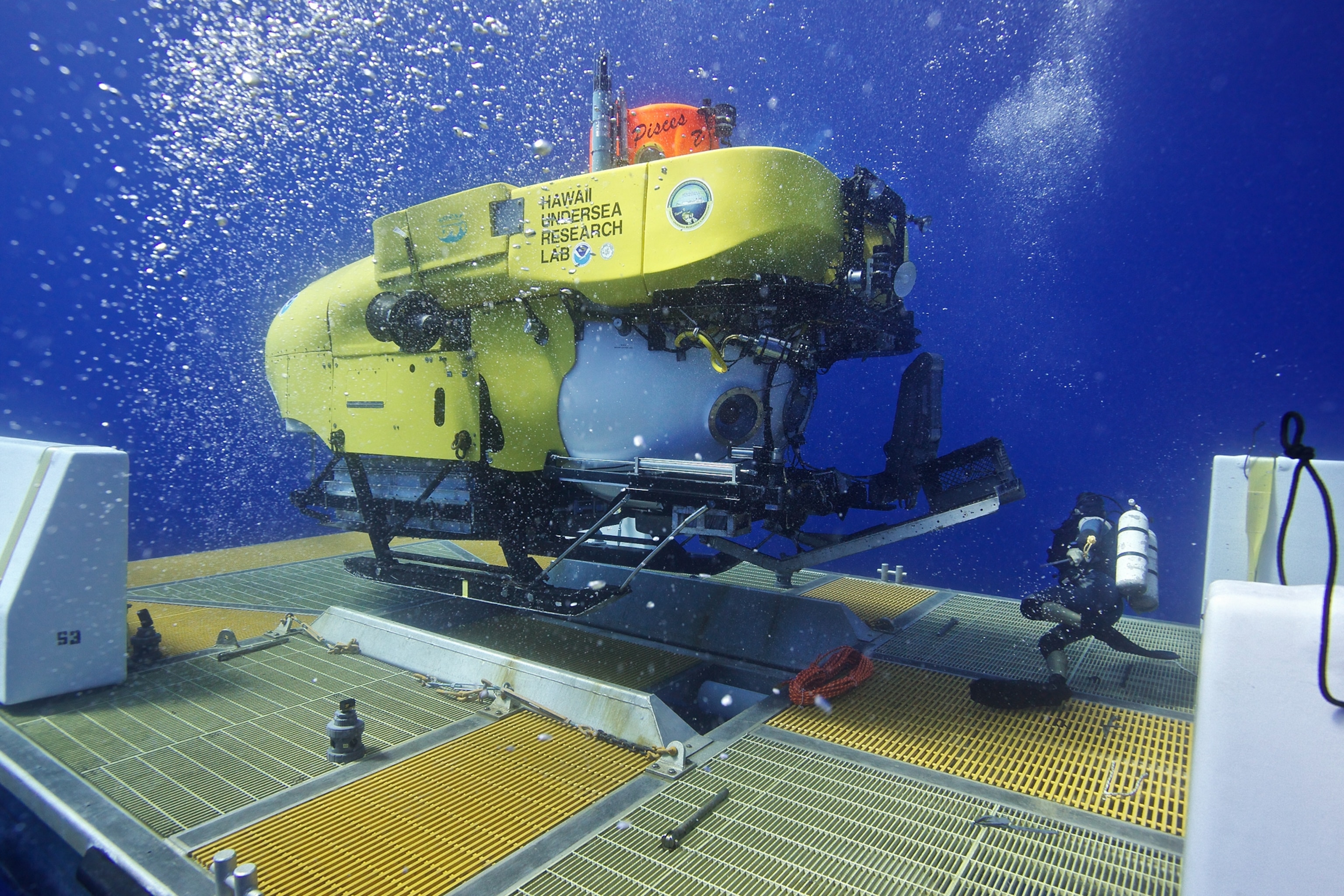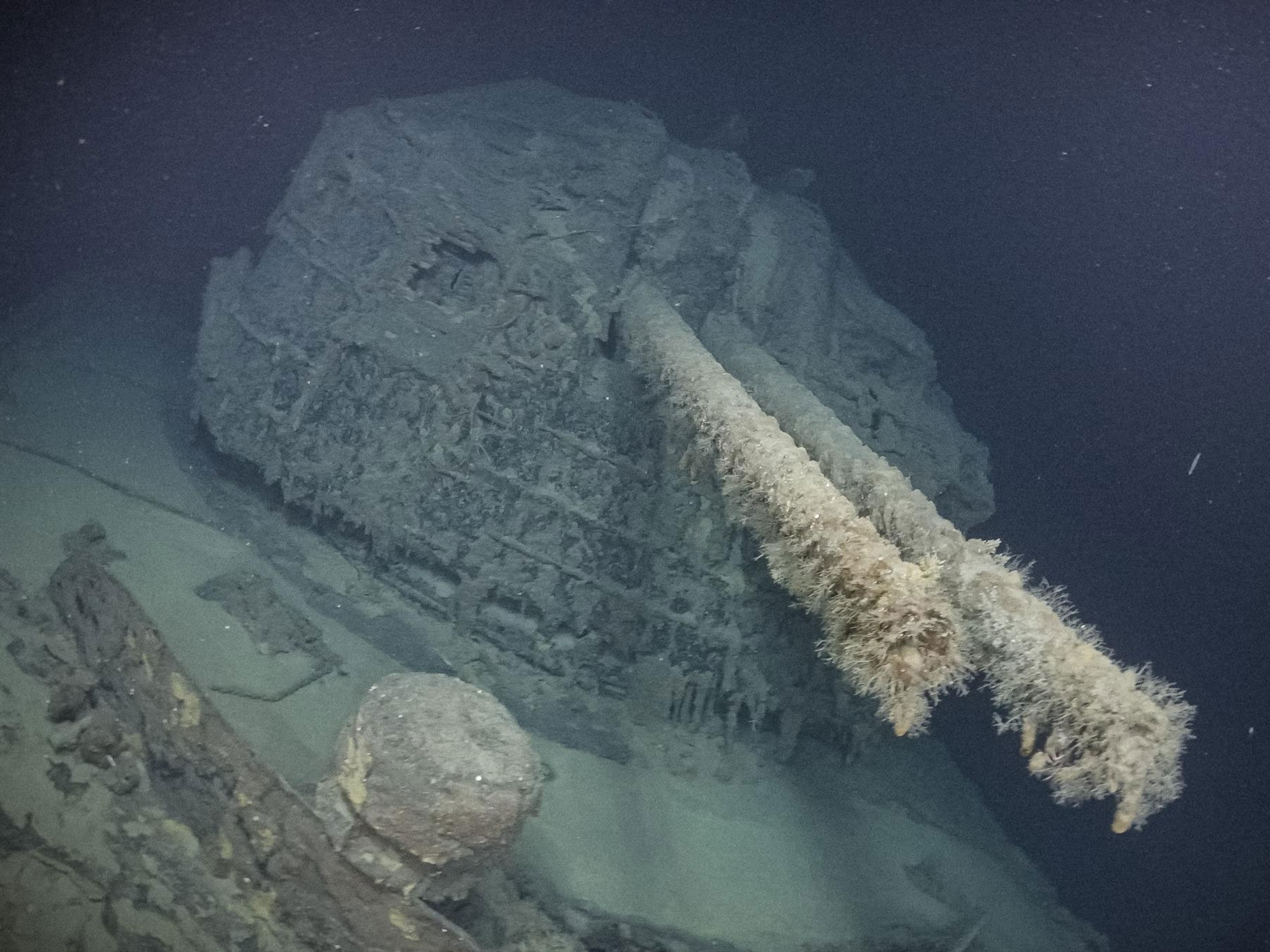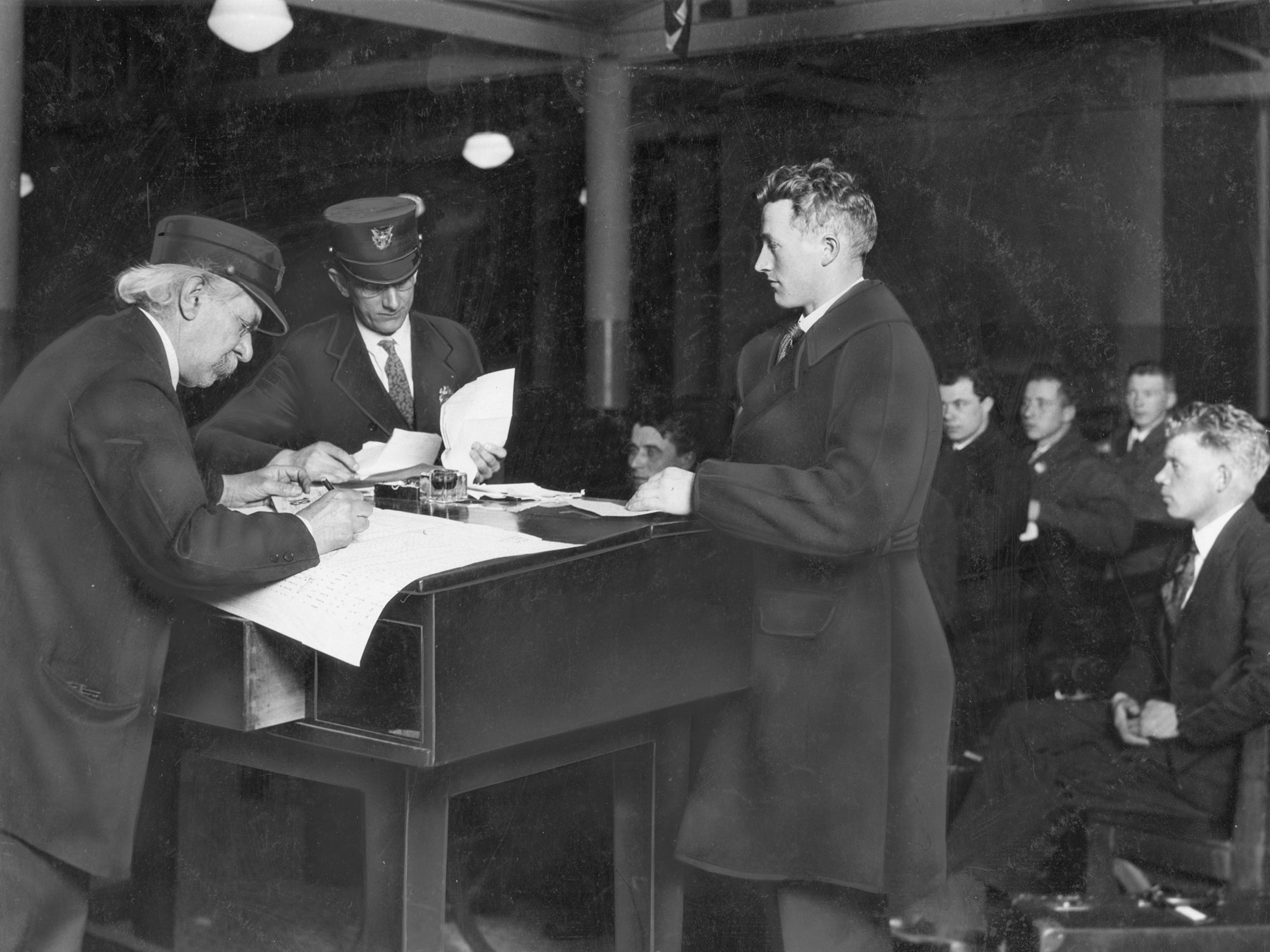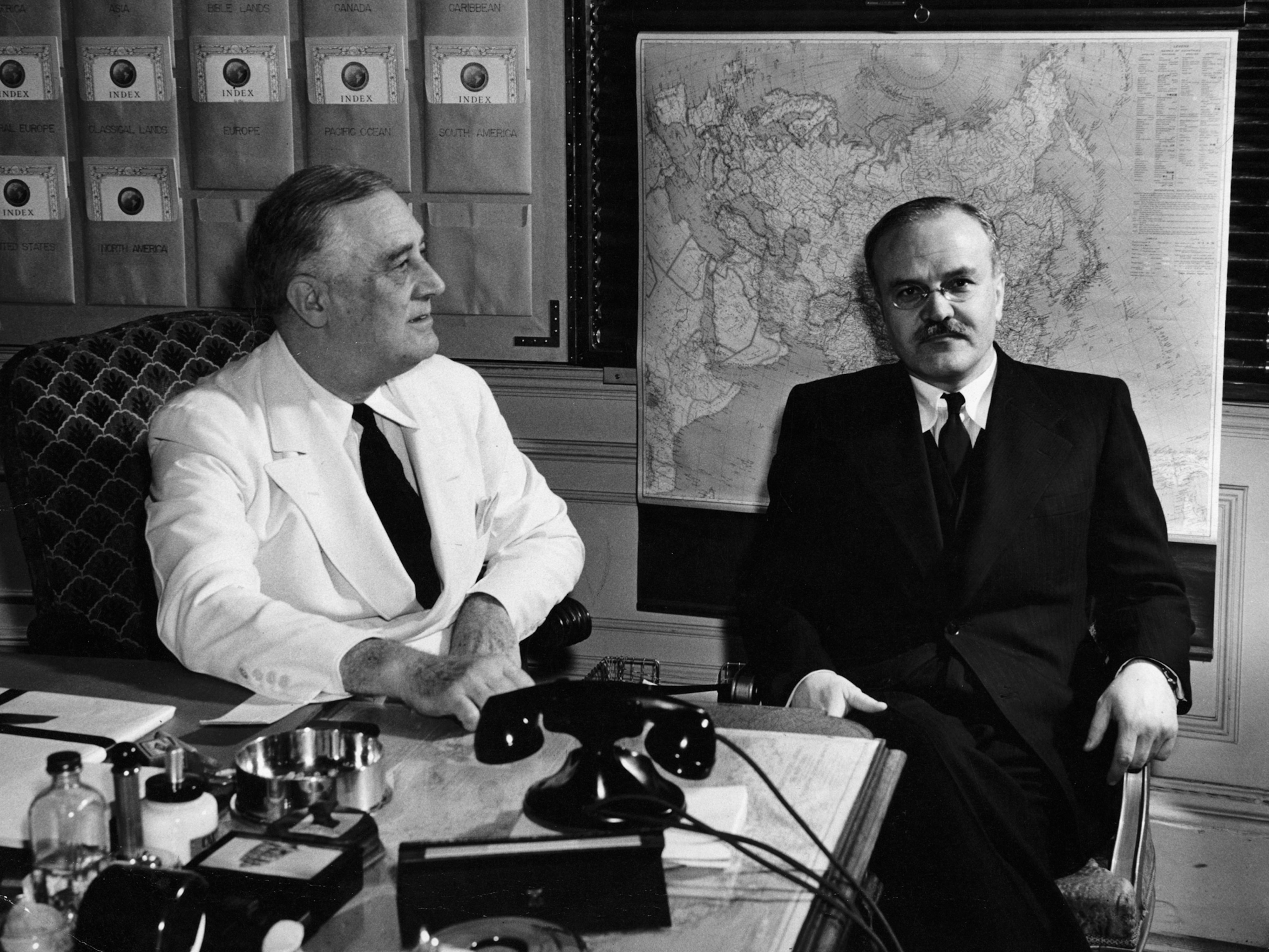
Giant World War II Sub Discovery Shines Light on 4 Historic Submarines Still Missing
Here are five submarines archaeologists would love to get their hands on—four of which are still missing.
A research team has discovered a monster submarine built by the Japanese Navy during World War II, which sank off the southern coast of Oahu, Hawaii, in 1945.
Designed to ferry three seiran bombers in its massive 150-foot (46-meter) hangar, the I-400—also known as a Sen-Toku class submarine—was the first of three aircraft carrier submarines built by the Japanese for their war effort.
They were the largest submarines in existence until the construction of nuclear ballistic missile submarines in the 1960s.
"There were actually 18 of them that were ordered by [Admiral] Yamamoto at the beginning of the war, but only three were made," said Terry Kerby, operations director at the University of Hawaii in Honolulu, which contributed to the recovery effort.
"The Allies didn't even know these submarines existed until after the Japanese surrendered," he said.
The U.S. Navy took possession of the three Sen-Toku submarines—along with two fast-attack subs—and crews brought all five vessels back to Hawaii. (See "Pictures: 1823 Whaling Shipwreck Found in Hawaii.")
"[But] at that time, the Cold War had started to warm up," said Kerby, and the U.S. didn't want the submarine technology to go to the Russians.
So the Americans sank all five vessels—the 400-foot-long (122-meter-long) aircraft carrier submarines and the 256-foot-long (78-meter-long) fast-attack subs—off Barber's Point on southern Oahu in 1945.
Researchers at the University of Hawaii had previously found two of the Sen-Toku submarines, but this latest one eluded them.
"The I-400 is the first of its class, and it was a real prize," Kerby said.
But the I-400 submarine, longer than a football field, is only one on a wish list of historic submarines that researchers would love to get their hands on. (See "Artifact Trove on Deepest Shipwreck Explored off U.S.")
U.S.S. Alligator
This was the U.S. Navy's first submarine, said James Delgado, director of maritime heritage for the U.S. National Oceanic and Atmospheric Administration's (NOAA) office of National Marine Sanctuaries. Delgado was part of the research team that found the I-400.
The 47-foot-long (14-meter-long) green vessel was a product of the Civil War. Built in 1861, she was supposed to fight Confederate ironclad warships and clear harbors of any obstructions. (Also see "Pictures: Civil War Sub Finally Revealed.")
The submarine got caught in a violent storm off Cape Hatteras, North Carolina, in 1863 and was cast adrift, Delgado said. It hasn't been seen since.
The Marine Cigar
"This is probably the earliest successful sub built in the U.S.," said Delgado. Shoemaker-turned-engineer Lodner Phillips designed the vessel.
He built it in 1852, but the Marine Cigar allegedly went down in the Great Lakes in 1853 while on a salvage mission.
Legend has it that Phillips went down with his vessel, but Delgado finds that hard to believe, seeing as how Phillips continued to pitch submarine designs to the U.S. Navy into the Civil War.
Still, the sub remains missing. "We've gone out and searched a couple of times, but no sign of it," Delgado noted.
Surcouf
The largest submarine in existence until the Japanese I-400, Surcouf is "one of the great mysteries," the NOAA archaeologist said. Built by the French in the 1920s, the vessel was commissioned in 1934.
"It was a major, massively armed sub," Delgado noted. "It had 12 torpedo tubes and twin 8-inch [20-centimeter] guns."
After France fell to Germany during World War II, Surcouf sailed to Canada. But the British suspected the submarine's crew might be spying for the Germans, so she was refitted in the U.S. and then sent south to Bermuda. (Also see "Pictures: World War II-era Fighter Raised From Lake Michigan.")
The submarine was supposed to pass through the Panama Canal on its way to Tahiti, but she never made it, Delgado said. The vessel disappeared in 1942. "Some people say she was deliberately sunk by the British or the U.S."
H.M.S. Thunderbolt
And last but not least, the H.M.S. Thunderbolt. A British submarine originally named Thetis, the vessel got off to a bad start.
During sea trials in 1939, Thetis sank, killing 99 sailors. The British raised the submarine, repaired it, and then renamed it the Thunderbolt, said Delgado.
She served in the British Navy until Italian corvettes attacked the submarine and sank it off the coast of Sicily in 1943.
Follow Jane J. Lee on Twitter.




